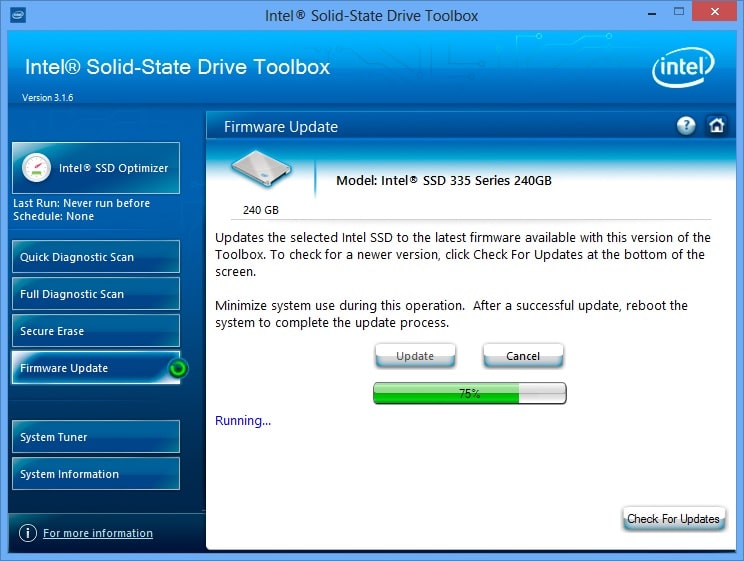

If I wasn’t able to restore it, I would lose it permanently. Imagine if I had some old-school photos in there or important datasheets for work. The advantage of having such a “middle-man” folder before completely erasing files is that if I had any important files in the folder, I could restore the initial deletion and get my files back.
#SANDISK SECURE ERASE NOT SEEING DRIVE WINDOWS#
For Apple users, this folder is called “Trash,” and for Windows users, the folder is called “Recycle Bin.”įor example, if I want to delete an old folder on my MacBook’s dashboard, and I right-click the folder and select delete, I would merely move the folder from my dashboard to the trash folder. The purpose of moving “deleted” files from a certain location to another location is because many users accidentally delete files.īoth Apple and Windows have designated maps (locations) on their machines where deleted files are moved to. To no one’s surprise, operating systems are designed to do this on purpose. Now, the question you might have: is using the data deletion feature on my device not enough to erase the data?įor most devices, if you tell the device to delete some data (be that images, videos, or folders), you’ll end up finding these files in a folder called “Recently deleted,” and it’s actually taking up space in that folder as well. Regardless of whether you have an Apple or Windows product, they both carry the same data deletion features. Deleting Files on Your Deviceīasically, every operating system and device has an option to delete files, such as photos, for example. In this guide, I’ll explain to you the ins and outs of data deletion, and ultimately answer the question stated above.

So, the question is: how can you securely erase your hard drive or solid state drive? And still, sometimes the data might still be recoverable. The data of the file is still on the hard drive until another file is created over the old one. The operating system doesn’t delete the file completely but rather removes the reference of the file. Only moving files to your “Trash” or “Recycle Bin” doesn’t do the trick, even if you remove or clean out the folder. A tech-savvy person can restore a great deal of your personal data if you don’t securely erase it. It’s convenient to be able to save the data somewhere on your computer, but sometimes it’s necessary to delete all of your data so your privacy is maintained – and to do it securely. Now, regardless of whether you want to simply delete a few old folders that contain sensitive data, or you want to sell your device, you want to be sure that the data is absolutely dead and completely erased. Think about your account passwords, classified files, personal files, financial records, family photos, and Social Security Number – the list is endless. Y our computer’s hard disk drive (HDD) and solid state drive (SSD) hold a lot of sensitive data.


 0 kommentar(er)
0 kommentar(er)
